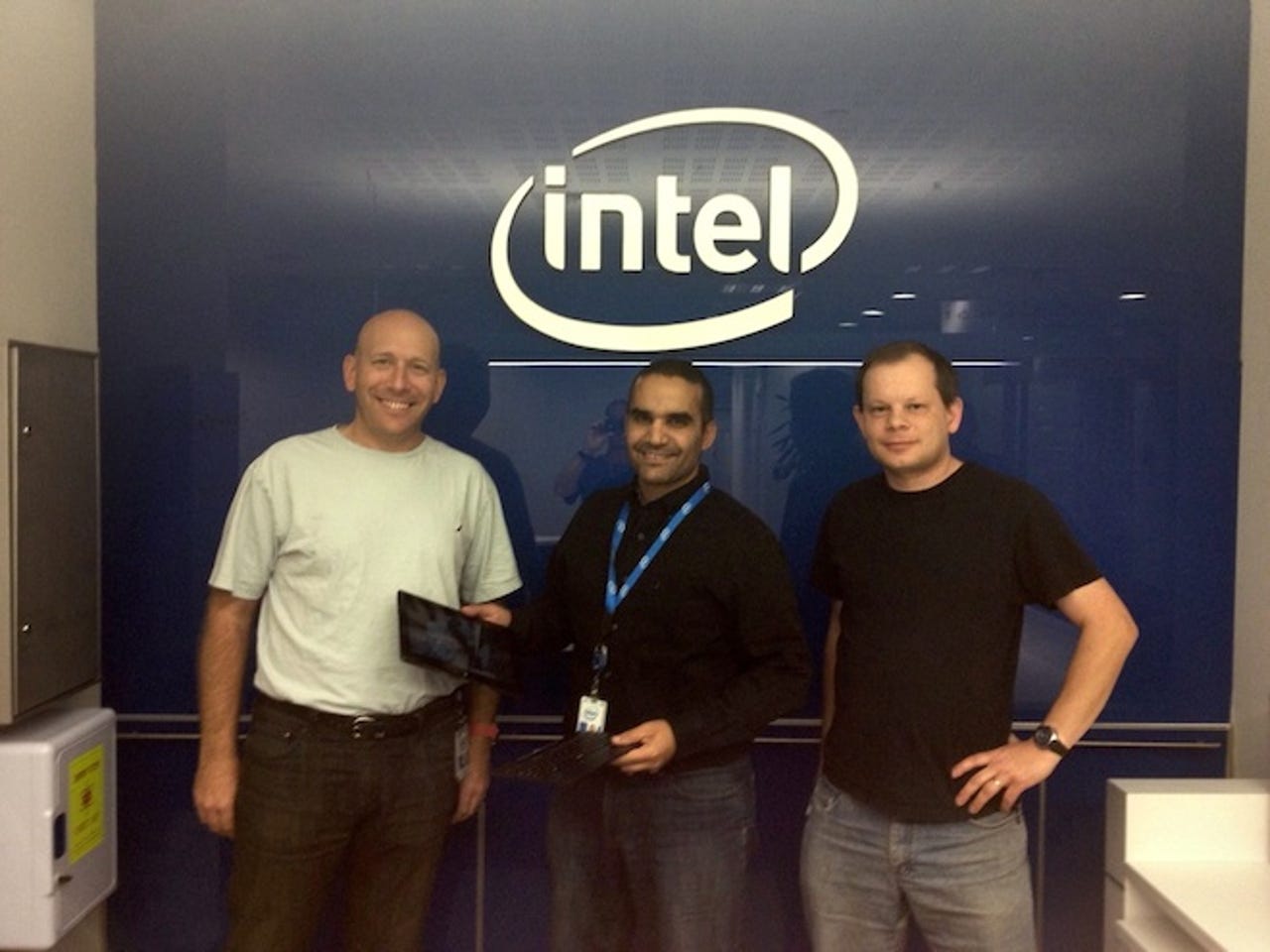D3, S0ix, and other Bay Trail tricks Intel's using to be a device player again


It's no secret, say Intel officials, that the company missed the boat when it came to tablets, which are now outselling laptops. Several years ago, the company bet on netbooks as the next big thing — a bet that was upended when the iPad came out.
Now, however, Intel believes it has a fighting chance to recapture lost ground in the mobile computing space thanks to its new Bay Trail processors, which are powering dozens of devices from companies such as Asus, Lenovo, and Samsung.
Creating Bay Trail was a global effort. The Intel Israel team (the 'south' team), based in Jerusalem, worked with Intel teams all around the world to create Bay Trail — specifically the IO, audio, and integration of USB, SATA and many other components of the Bay Trail system on a chip (SoC). The Jerusalem team worked especially closely with the 'north' team located in Austin, which was responsible for the CPU, memory controller and integration of graphics and other components (north/south refers to the position of the components on the chip).
"It wasn't just Israel and Austin," said Aviad Hevrony, the front end design manager for Intel Israel's Bay Trail team. "There were teams from around the world involved, but our teams coordinated the work done on the project, and then got together to come up with the final design."
That worldwide effort posed several technical challenges for the Israel team — chiefly in designing a SoC that would allow for maximum performance but minimum power usage. Part of that challenge came from the nature of Bay Trail's tri-gate chip design, said Daniel Greenspan, who leads the Israeli SoC architecture team: the 22nm chip offers extremely fast processing and performance, but those elements had to be balanced against the need for more than eight hours of battery life and lower power consumption.
One issue was how to keep power from "leaking" even when a device is in an idle state. "In an advanced processor like Intel's 22nm tri-gate, chip designers need to choose between transistor performance and transistor leakage," Greenspan said.
Power leaks that are endemic to chips tend to become even more serious when chips get smaller, as less power can get through conducting material on a chip. The better the performance, the more electricity is drawn to achieve greater processing results, and the greater the likelihood of power leaks. To preserve power, engineers can reduce the computing power of a chip, but do that enough times and the device those chips power won't have the capabilities users expect.
It's akin, Greenspan said, to a trade-off between a fast car and a fuel-efficient car. "We knew early on that if we chose the low-leakage process flavour, our CPU and graphics performance would be lacklustre. So we had to come up with something else," he said.
And that something else was a novel method of keeping power use down, but allowing for an instant "on" for the device, waking it from its idle state and allowing processing to take place immediately. "We started describing the case of devices in ACPI-compliant D3 low-power states, working with our OS partners to ensure that devices would be placed in D3 whenever possible, not just when the system went to standby." The D3 used by the team was a form of 'hot' D3 called Runtime (RT) D3 by Intel.
That, Greenspan said, would save power, especially important in the low-power processor being used for the Bay Trail devices, many of them hybrids that allow users to switch between tablet and laptop use. "Revisiting D3 meant that we re-engineered these controllers to make maximum power savings during RTD3, using a range of traditional and novel techniques, and this provided a significant improvement in overall SoC power," he said.
To get the device up and running, the team implemented an 'active idle' power state called S0ix. Thus, Greenspan said, "S0ix enabled by RTD3 was what we needed to get our idle power down low enough to make Connected Standby feasible on tablets. The system is only ever an instant away from 'fully operating' state, but we are only taking minimal power from the battery."
As a result, the team was able to implement all the requirements Intel posed for the Bay Trail-powered devices, such as ensuring that Bay Trail worked perfectly well with not one, but two operating systems — Android and Windows, and all their peripherals — while keeping power consumption low. "We have a superfast SoC that has benchmarked very well against the competition [ie the iPad], and is very low power" at 7W, Hevrony said, ensuring long battery life in a wide array of devices.
"Our SoC can fit into a wide range of form factors, shapes, sizes, and designs," Hevrony said. "It's a great feeling to walk into a Fry's in California, for example, and look at a device like this and know that your technology is inside."